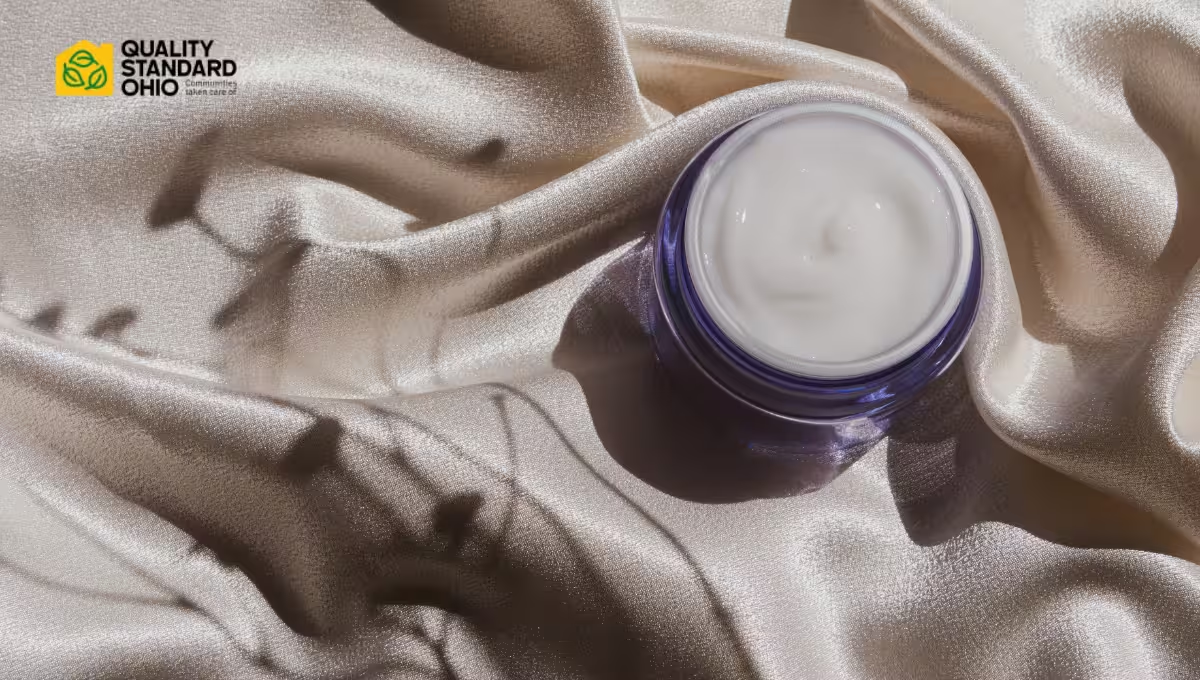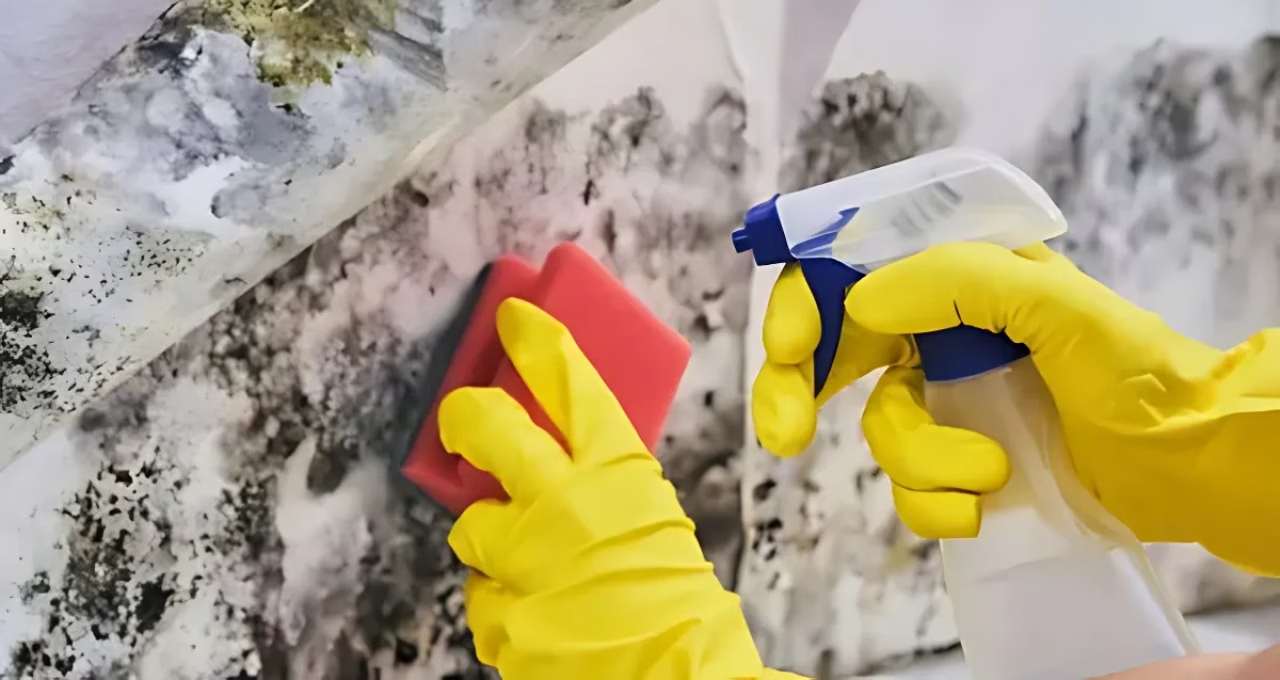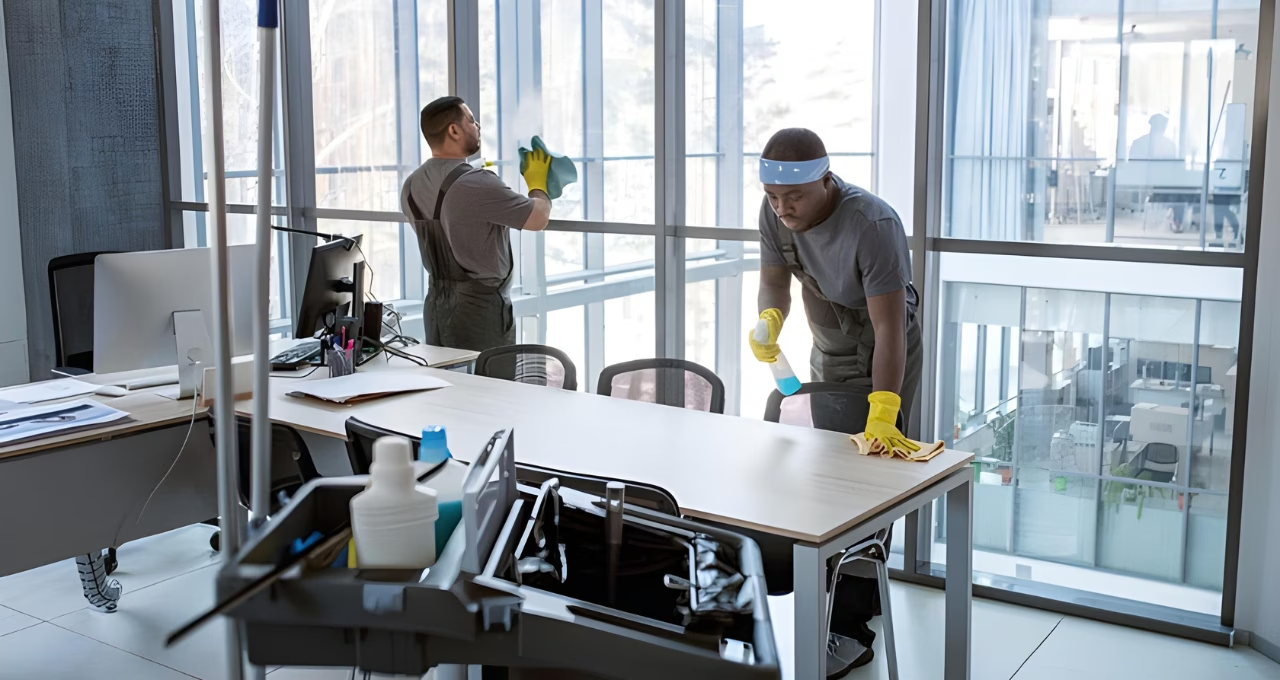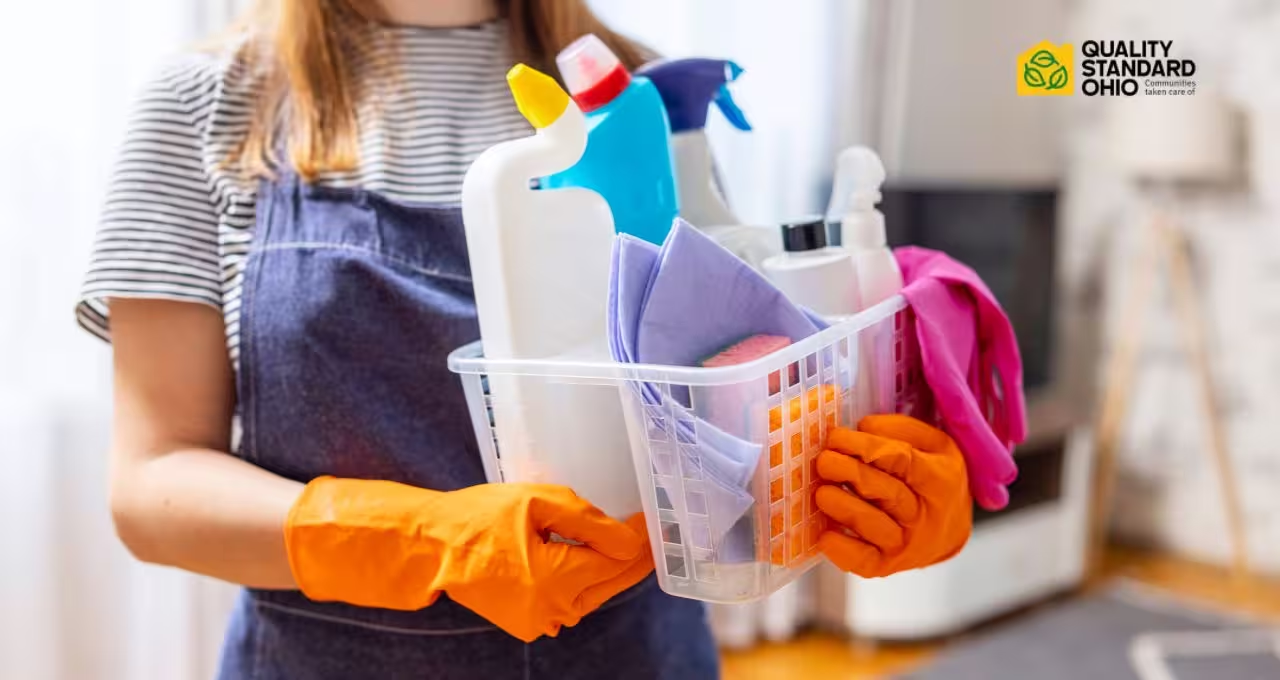Let’s talk about something that’s probably sitting in your cleaning cabinet right now.
That “all-purpose” cleaner you’re thinking of using on your expensive couch? Put it down.
Here’s what most people don’t realize about fine fabrics: they’re like high-performance cars. Sure, you can do basic maintenance yourself, but one wrong move and you’re looking at serious damage.
I’ve spent the past 10 years cleaning and restoring fine fabrics and trust me, there’s a right way and a wrong way to do this.
Want to know the difference between protecting your investment and accidentally ruining it?
Stick with me. I’m about to show you exactly how to care for your valuable textiles - and when you need to call in the pros.
This isn’t your typical cleaning guide. We’re going to get into the nitty-gritty of fabric care, minus all the technical jargon that puts you to sleep.
Think of this as a chat with your friend who happens to know everything about keeping your fancy furniture looking fantastic.
Our specialized cleaning approach has saved countless pieces of furniture. But before we get into that, let’s talk about what you can (and definitely shouldn’t) do on your own.
Fine fabric cleaning technologies: What really works (and what doesn’t)
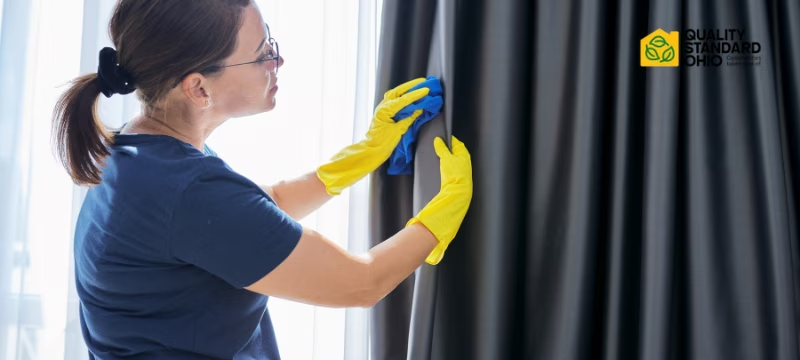
You’ve probably heard a million different opinions about cleaning fine fabrics. Your mom swears by vinegar, your neighbor uses some “miracle” spray, and that guy on YouTube has his own “secret formula.”
Here’s the cold, hard truth: most of those methods are garbage.
Think about it. Would you put discount gas in a Ferrari? Then why would you use random cleaning products on your expensive furniture?
Let me break down what actually works - and why most “miracle solutions” are just marketing BS.
The real deal about fabric cleaning tech
First up, let’s talk about what the pros use. And no, it’s not some magic potion you can buy at the store.
Professional upholstery cleaning uses something called “controlled extraction.”
Sounds fancy, right?
But it’s actually pretty simple: it’s about using the exact right amount of cleaning solution and extracting it completely. Too much moisture? You’re screwed. Too little? You’re just moving dirt around.
Here’s what different cleaning methods actually do to your fabrics:
| Method | What it Claims | What it Actually Does | Best For |
|---|---|---|---|
| Steam Cleaning | Deep Cleans Everything: Powerful & Effective | Can shrink or water-damage delicate fabrics | Synthetic fabrics only |
| Dry Cleaning | “Safe for all fabrics” | Uses chemicals that can fade colors | Structured garments |
| Low-moisture Extraction | “Professional-grade clean” | Removes dirt without saturating | Most upholstery |
| DIY Spot Cleaners | “Removes all stains” | Often leaves rings or damages fabric | Nothing valuable |
Why your current cleaning method probably sucks
You know that spray you bought at the supermarket? The one that “works on all fabrics”?
Yeah, that’s like saying one size fits all in designer clothing. Spoiler alert: it doesn’t.
Different fabrics need different approaches. That silk-blend chair in your living room? It needs completely different care than your wool sofa.
Here’s what you’re probably doing wrong:
Using hot water on delicate fabrics. Heat can permanently set stains and damage fibers.
Rubbing stains instead of blotting them. Congratulations, you’ve just ground that dirt deeper into the fabric.
Thinking more cleaner equals cleaner fabric. That’s like thinking more gas makes your car go faster.
Our cleaning specialists see these mistakes every day. And honestly? They’re completely avoidable.
Designer furniture care solutions: Protecting your investment
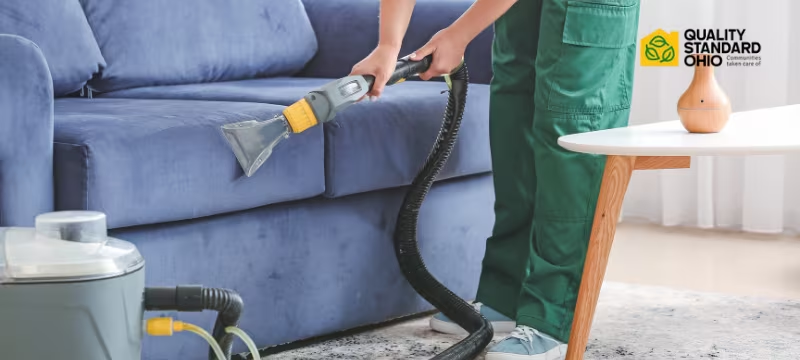
Look, I get it. You dropped serious cash on that designer piece.
And now you’re paranoid about every crumb, every potential spill, every dirty hand that comes near it.
But here’s what people get wrong about designer furniture: it’s not about being overprotective. It’s about knowing how to actually care for it.
The science behind fabric protection
Let’s get a bit nerdy for a second - but in a cool way.
You know how your raincoat makes water bead up and roll off? That’s the same principle behind professional fabric protection.
But here’s where it gets interesting.
Modern fabric protectors don’t just sit on top of the fabric like some plastic cover your grandma would use. They actually bond with the fibers.
Mind-blowing, right?
And unlike those spray cans from the store, this stuff actually works.
What you can actually do at home
Want some real, practical advice? Here’s what actually works for maintaining your fancy furniture:
First up, rotation is your friend.
Move those cushions around every few weeks. It’s like rotating your tires - it prevents uneven wear.
Vacuum regularly, but do it right.
Use the soft brush attachment, for crying out loud. And go with the grain of the fabric, not against it.
Temperature matters more than you think.
Keep your furniture out of direct sunlight. UV rays are like kryptonite to fine fabrics.
And for heaven’s sake, deal with spills immediately. But - and this is crucial - blot, don’t rub.
When you’re in over your head
Let’s be real for a minute. There are some situations where DIY just won’t cut it.
If you see any of these issues, it’s time to call in the pros.
Dark marks spreading from spills? That’s dye migration, and it’s as bad as it sounds.
Weird smells that won’t go away? Could be mold growing in the padding.
Texture changes in your fabric? You might be looking at fiber damage.
And here’s a pro tip: If you’re even slightly unsure about cleaning something yourself, don’t. The cost of professional cleaning is nothing compared to replacing that designer piece.
Emergency care: What to do when disaster strikes
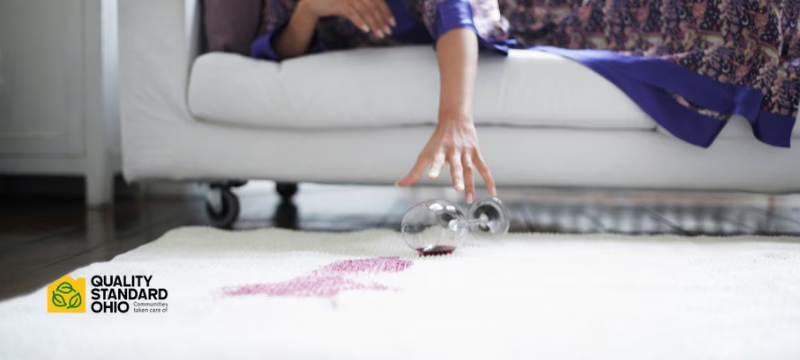
Let’s talk about those “oh shit” moments. You know the ones.
Red wine on your white sofa. Coffee on your designer chair. Your kid’s art project gone wrong on your expensive ottoman.
Don’t panic. But also, don’t grab the first cleaning product you see.
The golden rules of emergency fabric care
First rule? Take a deep breath. Seriously.
Because the next 30 seconds will determine whether this is a minor inconvenience or an expensive disaster.
Here’s your emergency game plan:
Grab a clean, white cloth. Not paper towels, not that old t-shirt. A proper white cloth.
Why white? Because colored cloths can transfer dye. And you really don’t need that extra problem right now.
Blot, don’t scrub. I know you want to scrub that stain into oblivion. But trust me, that’s exactly how you make things worse.
What actually works (and what makes things worse)
Here’s something I want you to know:
Most cleaning ‘hacks’ you find online are garbage.
That club soda trick your mom swears by? It might work on your kitchen counter, but it can destroy your fine fabrics.
Want a real pro tip? Keep these tools ready for emergencies:
- Clean white cloths
- Distilled water (tap water can leave mineral marks)
- Our emergency contact number
And here’s what you should absolutely never do:
Using hot water on stains. Congratulations, you just made that stain permanent.
Mixing cleaning products. Unless you’re trying to create a science experiment on your sofa.
Waiting to “deal with it later.” That’s like ignoring a cavity - it only gets worse.
Professional intervention: When to make the call
Look, I’m all for saving money. But sometimes, trying to DIY can cost you way more in the long run.
Call us immediately if:
The stain is from something oil-based. That needs professional solutions, not your kitchen degreaser.
You’re dealing with red wine, coffee, or anything with strong dyes. These are time-sensitive situations.
The fabric is silk, velvet, or any other delicate material. One wrong move and you’re shopping for new furniture.
A comparison of emergency responses
Let me show you why professional help matters in emergencies:
| Situation | DIY Attempt Results | Professional Results |
|---|---|---|
| Red Wine Spill | Often spreads stain, leaves water marks | Complete removal, no residue |
| Oil-Based Stains | Sets deeper into fabric | Extracted without damage |
| Pet Accidents | Surface clean only, odor remains | Deep cleaning, odor elimination |
| Ink Marks | Usually makes stain permanent | Can often be fully removed |
Our professional approach: More than just cleaning
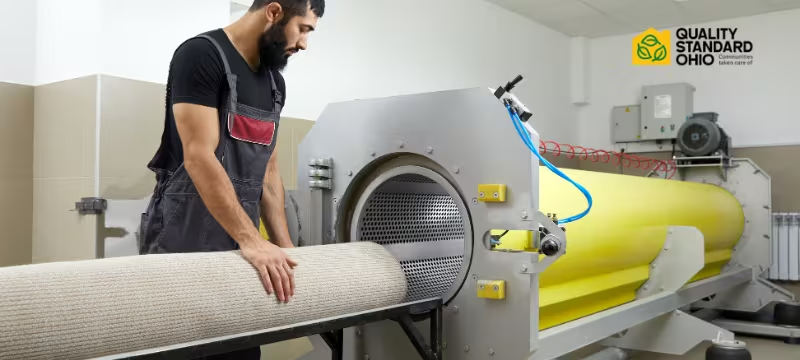
Let’s get real about something: professional fabric care isn’t just about making things look pretty.
It’s about protecting your investment. Preserving your peace of mind. And yes, saving you money in the long run.
Why professional cleaning is different
You might be thinking, “Come on, how different can it really be?”
Well, let me put it this way: it’s like comparing your shower to a car wash. Both get things clean, but you wouldn’t run your Ferrari through a car wash, would you?
Here’s what makes professional cleaning worth it:
We don’t just clean the surface. We get deep into the fibers, removing stuff you can’t even see.
Think about it: every time you sit on your furniture, you’re grinding invisible particles deeper into the fabric.
Those particles? They’re like tiny knives, slowly cutting away at your expensive upholstery.
We remove them completely (even mold “Take a look at the process to do a professional mold removal”). Not just the ones you can see - all of them.
The science behind our service
Remember when we talked about different cleaning technologies? Here’s where they come together.
We use a combination of:
- Low-moisture extraction for delicate fabrics
- Specialized solutions for different materials
- Advanced stain removal techniques
But the real magic? It’s in knowing exactly what your specific fabric needs.
Every piece of furniture is unique. That vintage velvet chair needs different care than your modern microfiber sofa.
The investment in quality
Let’s talk money for a second.
Yes, professional cleaning costs more than doing it yourself. But here’s what you’re really paying for:
Expertise that prevents expensive mistakes.
Technology that actually works.
Peace of mind knowing your expensive furniture is in good hands.
Think about it: that designer sofa you bought? It probably cost thousands.
Trying to save a few bucks with DIY cleaning is like putting cheap tires on a luxury car. Sure, you can do it. But why would you?
Ready to protect your investment?
You’ve got two choices now:
-
Keep trying DIY methods and hope for the best
-
Let professionals handle it right from the start
Want to know exactly how we can help with your specific fabric care needs?
Contact us for a free consultation. No pressure, no sales pitch - just honest advice about what your fabrics need.
Remember: your fine fabrics are an investment. Treat them like one.
Additional resources
Looking for more tips on maintaining your valuable textiles? Check out our guides:
Expert guide to furniture & upholstery cleaning
Learn how to do a proper gutter cleaning
Professional pressure washing guide
The bottom line: Whether you choose to DIY or go professional, your fabrics deserve proper care.
Just remember: when in doubt, ask an expert. It’s always cheaper than replacing ruined furniture.
